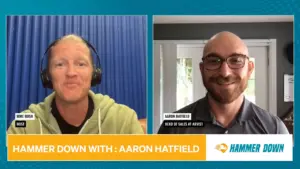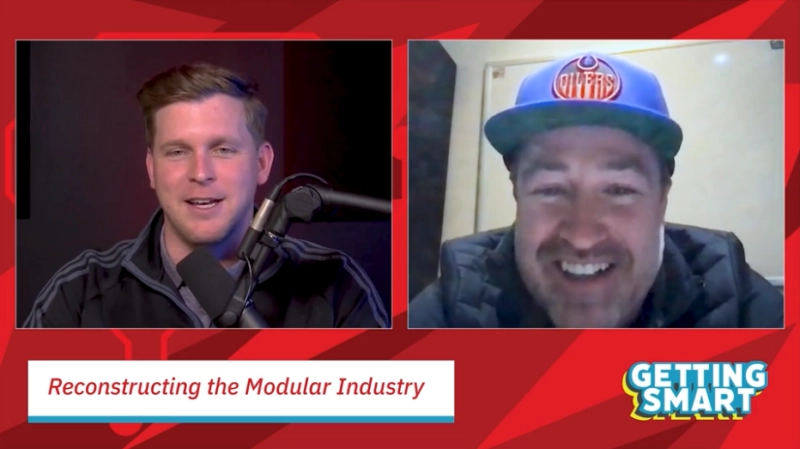InsiteVR Looks to Improve Design Process with Virtual Reality
Recently, New York City played host to the AIA Conference on Architecture, an immersive expo showcasing what’s new and now in architecture and design. At AIA, some of the most creative architects, designers, and firms gather to share how they’re creating their own blueprint and making a difference in cities of every size all over the world. MarketScale was pleased to have the opportunity to speak with innovator Angel Say, CEO and Co-Founder of InsiteVR.
Say explained InsiteVR’s role, saying, “What we do is GoToMeeting in Virtual Reality. Architects, engineers and contractors take their Revit and SketchUp models and upload them to our cloud software.”
When asked what led to the company’s creation, Say, who graduated from Columbia University in 2013, stated, “The reason I actually started the company was when we were undergrads five years ago, this building went up at our university that blocked the conservatory view of the stars. We were kind of bothered by the fact that such a big oversite like this happened at that level, especially at an academic institution. We thought, ‘Well, maybe if we made it easier for people to visualize and communicate, a lot of these issues wouldn’t happen.’ After research we found that a lot of change orders, mistakes, and miscommunication happens in the very early stages of the design process.”
Say also remarked on what makes the InsiteVR experience different.
“The cool thing is we have speech-to-text features. If you find an issue, maybe a pipe going through the wall that shouldn’t be there, or a door that is a couple of inches off, you can say something out loud. We transcribe it; then it can be tagged and printed out in a PDF report. You’re using virtual reality as a design review—a coordination tool—not just a high-end visualization tool at the end of the process.”
Say was excited about their AIA offering, stating, “One of the things we’re showing off today is our compatibility with the new hardware called the Optus GO. It’s only $200 and it’s the first headset that is completely standalone. Our customers can ship it to clients and the client doesn’t have to worry about any additional set up.”
When MarketScale inquired where he sees VR going from here, Say replied, “It is being adopted as more than a marketing tool. When it first came out, the thing to say was ‘Hey, we’re the only ones doing VR.’ Or, ‘We do VR, so you should pick us’. That’s changing. It’s improving the efficiency of projects and being adopted throughout the entire timeline of the project.”
He further remarked, “It’s also the lower barrier of the headsets. The GO is the first thing that’s again completely standalone. I think in the next year or two, we’ll start to see more advanced headsets like the GO that people can purchase and just play with out of the box. You’ll have firms start to have twenty or thirty or forty handsets, not just one.”







